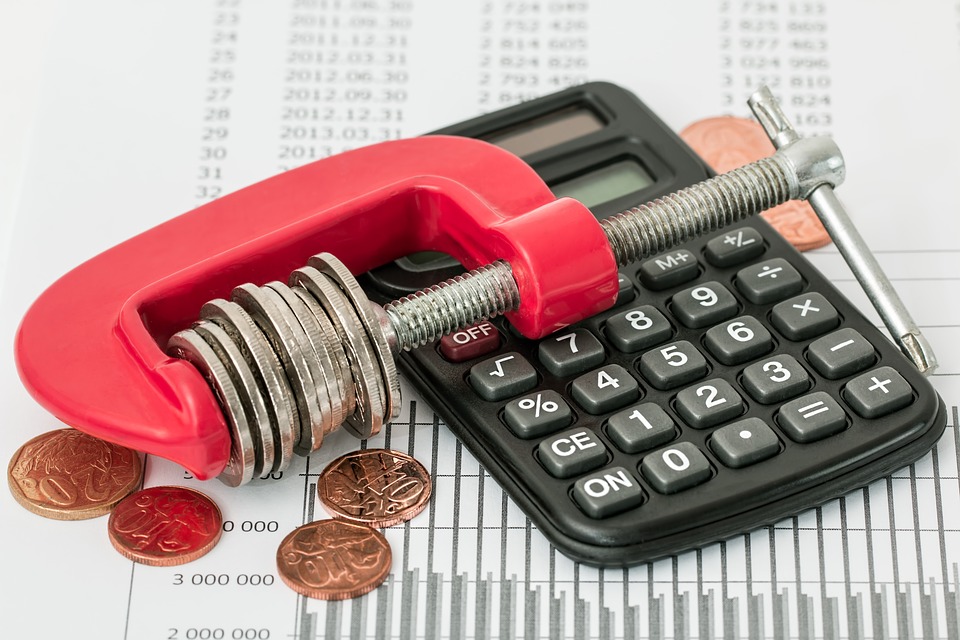COMPOUND INTEREST CALCULATIONS
|
Most of us would like to have a million dollars cash at some point in our life. Most of us also work 40+ hours a week at our job (or jobs, whatever the case may be). What little amount we save can and will accumulate over the years, but the odds of reaching the $1 million mark is relatively small. 
I find that teachers don't emphasize this enough in school. If they illustrated this concept, then we may have more millionaires at 60 than we do now. Think about it. You're 18 years old. You decide to invest $67.00 per month in an annuity (ex: a mutual fund) that yields 12% compounded monthly. You would have $1 million by the time you are 60. Imagine retiring at 60 with $1 million in cash! Even better. Let's say you continued with the plan for just 5 more years. Incredibly, you'd have $1,822,097.00! In 5 years, you almost make another million! I was recently on a quest to find certain formulas that would solve for the different variables in investments. This discussion gets a little technical. You'll need to have some advanced Algebra skills to fully comprehend the formulas:
First, the variables: FV = future value To get p, I simply take the amount I want to invest per month, multiply it by 12 to get a yearly investment amount, then divide by c to get the investment per compound period. To get n, I take the number of years I wish to invest and multiply it by c to get the number of compound periods. First, let's deal with simple compound interest with one-time investments. Here's the formula that will let us know the future value (FV) of our investment after n years if we invest A at i interest compounded c times per year: FV = A (1 + i/c)(n) OK, now let's say we want to find out what we have to invest today (A) to have FV in the future if we get i interest compounded c times per year for n years:
FV
Finally, I want to find out how long it will take me (n) to have FV in the future if I invest A initially at i interest compounded c times per year: ln(FV) - ln(A) Now, let's put this into practice. The forms below allow you to input your own amounts:
Now, let's go on to annuities. Annuities are similar to one-time investments in all respects, except that you invest at regular intervals instead of just a one-time sum of money. For instance, investing $150.00 per month in a mutual fund.
| ||||||||||||||||||